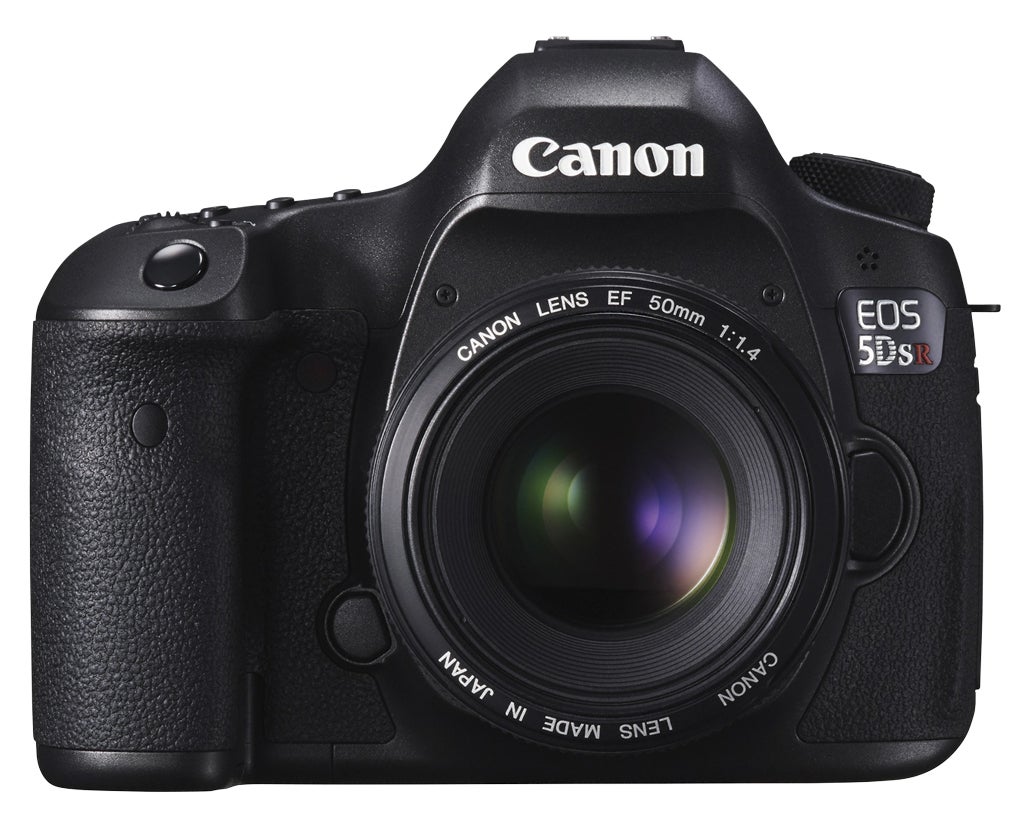Bob Newman on the effects of disabling the anti-aliasing filter in the Canon EOS 5DS R and Nikon D800E
Just over two years ago, Nikon released the D800, along with its more specialist sibling, the D800E. The difference between the two was that the D800E had its anti-aliasing (AA) filter incapacitated. The result of not having a functioning anti-aliasing filter is that images gain a little more acuity with respect to fine detail, but the downside is a greater propensity to aliasing effects, such as moiré and jaggies. Some photographers find these quite objectionable and others don’t, so Nikon decided to give them the choice.
But why did Nikon adopt the strategy of disabling the filter, rather than just omitting it? The answer lies in production economics. The second half of the anti-alias filter also forms the cover glass for the sensor package. Had Nikon dispensed with the AA filter, it would have needed to stock two sensors: one with half an AA filter as the cover glass, the other with plain glass. As the sensor is the most expensive part of the camera, the disabling tactic required Nikon to stick to only one type of sensor, with maximum flexibility in scheduling production of the two variants.
Now Canon has released its response to the D800, the 5DS. Like the D800, the 5DS comes in two variants: the 5DS with an AA filter and the 5DS R without. Both cameras are equipped with a filter, but in the 5DS R it is incapacitated.
An anti-aliasing filter blurs the image in a controlled way using a phenomenon known as birefringence. This occurs in some crystalline materials where the index of refraction depends on the polarisation of light. Thus, light polarised in one direction will be refracted and more displaced than that polarised in the other. This causes a single dot to be rendered as two dots, one of each polarisation. Another optical layer, a quarter-wave plate, mixes up the polarisation again, so a second birefringent filter, perpendicular to the first, spreads the two dots into four.
In the incapacitated filter (in the D800E and 5DS R), the quarter-wave plate is replaced by a sheet of glass, and the second-half filter has the same orientation as the first. Instead of spreading the light into four dots, it recombines the two into one, cancelling the effect of the filter, or nearly so.






